AdaptivePPPM2.0 is a patent-pending Portfolio, Program and Project Management methodology and
software solution, which converts your most important strategic initiatives into business results,
driving project success to a new level. No other software solution compares.

In an unsponsored review Oct. 2023 PPPM2.0 was awarded 1st Place out of 28 competitors, with a score of 286/300.
(Source: https://unbiased-software-reviews.com/Top10_PPPMComparison.php)
Categories assessed include:
◾ Single Source of Truth/Real-Time Data
◾ Security Permissions and Controls
◾ Portfolio Management
◾ Resource Planning & Scheduling
◾ Budget Management
◾ Analytics
◾ Board Meetings/Agendas
◾ UI & Ease of Use
◾ Visualisations
◾ Search, Tags & Filters
◾ Standard Project Management
◾ Tracking Processes; Tracking Time & Billable Hours
◾ Reminders, Notifications & Communication
◾ Reporting
◾ Document Management
◾ Audit Trails
◾ Risk Management (Portfolios & Projects)
◾ Dependencies
| Position | Software | Score |
|---|---|---|
| 1st: | AdaptivePPPM2.0 | 286 |
| 2nd: | Adobe Workfront | 243 |
| 3rd: | Planview | 238 |
| 4th: | CoraPPM | 219 |
| 5th: | Kantata | 217 |
| 6th: | Asana | 213 |
| 7th: | Sciforma | 208 |
| 8th: | Oracle Primavera | 201 |
| 9th: | Celoxis | 199 |
| 10th: | Planisware | 198 |
| 11th: | Wrike | 195 |
| 12th: | Liquidplanner | 191 |
| 13th: | Monday.com | 190 |
| 14th: | Planforge | 189 |
| 15th: | KeyedIn | 186 |
| 16th: | Smartsheet | 185 |
| 17th: | Zoho Projects | 184 |
| 18th: | Clickup | 181 |
| 19th: | Odoo | 163 |
| 19th: | Bitrix24 | 163 |
| 21st: | Jira | 159 |
| 22nd: | Avaza | 145 |
| 22nd: | Microsoft Project | 145 |
| 24th: | Stackby | 133 |
| 25th: | Activecolab | 131 |
| 26th: | Tempus Resource | 118 |
| 27th: | Trello | 116 |
| 28th: | Wiseteam | 89 |
When key information is missing, this leads to retroactive management: Putting out fires rather
than early notification
Existing approaches provide inadequate management of risk and dependencies within and between projects, programs and portfolios
Existing approaches are too close to Waterfall, which slows decision-making, while data gathering for reporting
is too time-intensive
Scrum requires experience to work well and is mostly suited for software development, whereas traditional Kanban is popular but lacks controls
When planning a wedding, selecting flowers would be a parent or child task,
while choosing flower colour would be a child/grandchild task. However, selecting colour impacts the backdrop, bridesmaid party etc.
Now consider a large real estate development: Multiple residential buildings, offices, mixed-use and leisure facilities.
If silver/platinum is selected to represent prestige, this would mean stainless steel in kitchens, office bathrooms and
the same colour in investor pitch books. Therefore colour should be selected early on.
Assume Task1 depends on Task2 finishing.
Does all task2 have to finish, or only part of it? Current methods of handling dependencies
fail to handle any of these issues or related updates, leaving Project/Product Managers with one hand tied behind their backs.
| Change | Benefit |
|---|---|
| Overview: | ◾ Scales easily and integrates well with traditional planning, while lowering costs
◾ Includes big picture, planning and prioritisation without excessive layers: Teams are likely to favour over SAFe, as it acts like an "invisible hand" and does not impact their daily activities ◾ Includes a more efficient Project Planning process, suitable for Portfolios, Programs and Projects, allowing for documentation and sponsor approval ◾ Handles resource delays and dependencies, for people, materials, equipment and location, across parent, child and grandchild tasks, within and between projects, programs and portfolios, up to depthN dependencies, without having to plan back to front ◾ Aggregates grandchild, child and parent task data to the grandparent level across projects, programs and portfolios ◾ Low overheads: Reduce costs and wastage. Due to better handling of dependencies and delays, there is advanced notice of issues/bottlenecks across all parent, child and grandchild tasks, real-time. It is less likely for timelines to fall off track, while budgeting is more predictable than other Agile methodologies ◾ Provides completeness: No need to combine Kanban-C with Scrum or JIT ◾ An easier transition for firms using Waterfall and works with single projects or complex portfolios ◾ Full audit trails across all project activities ◾ Enterprise-grade, scalable Document Management System (ProjectDMS), with strict risk-based access controls: Create unlimited folders and sub-folders; store any file types; add tags; rapid server-side search: Find 1/1,000 files in seconds; share files with 3rd parties (clients & suppliers); full version control, one click back-up tool; archiving and audit trails. Optionally purchase our GroupDMS, DeptDMS and SharedWorkflowDMS |
| 4 Levels of Tasks: | Projects can be split into topics: grandparent (Level 1/L1), parent task (Level 2/L2), child task (Level 3/L3) and optionally grandchild task (Level 4/L4) |
| Comprehensive Handling of Dependencies: | 7 Types of Dependencies can be applied between any parent, child or grandchild task of any project, program or portfolio up to DepthN.
Most software firms offer only 1-4 dependency types and restrict this to parent task dependencies only and within single projects.
Very few cover dependencies between projects and nobody else offers dependencies between any parent (L2), child (L3) and grandchild (L4) tasks,
from across any project:
◾ Finish-Start: The first task must finish before the next task can start ◾ Start-Finish: The first task cannot finish before the next task starts ◾ Start-Start: Both tasks must start on the same date ◾ Finish-Finish: Both tasks must finish on the same date ◾ Circular: Both tasks are dependent on one another ◾ Lead-Start by X days: The successor task starts X days after the first task starts ◾ Lead-End by Y days: The successor task finishes Y days after the first task finishes |
| Risk Dependencies: | Select any risk, across any project, program and portfolio and create DepthN risk dependencies. Display in a visualisation |
| Critical Tasks & Critical EVM: | Tasks can be marked as Critical, with Critical Dependencies (processes, people, material and equipment), as well as Critical Earned Value. The well-known Pareto 80-20 rule was applied. Just as 20% of clients may produce 80% of profits, a small percentage of tasks are critical and have the greatest impact. This pruning helps us focus on what matters most, whether people, processes, materials or equipment, as our Critical Tasks are much more likely to have a greater impact on Earned Value |
| Kanban-Controlled (Kanban-C): | ◾ Terminology is simple and applicable for all teams and industries
◾ Kanban-C is very flexible and works well for regularly evolving requirements ◾ Kanban-C is not cluttered as users select 5 columns of status options ◾ Visualisations: Cards provide clarity and responsiveness. Teams view key information instantly: More data than traditional Kanban ◾ Methodical work, review, test and client review reduce knee-jerk reactions ◾ Includes collaboration without wasting excessive time in meetings ◾ Works with various team sizes: Adjust WIP according to team size e.g. a team of 10 might have a WIP of 10, whereas a team of 5 can have a lower WIP ◾ Kanban-C is easy to understand and use, which makes it practical. It does not require significant training or practitioners experienced in the methodology. We trained non-tech users on basic use of Kanban-C in 15mins, with a full session under 1hr including Q&A. By comparison scrum and other approaches take significantly longer ◾ Project Status is split into 4 groups: Prep, Working, Review, Final Stages. There are 49 status options across groups, which can be customised to show only relevant options. For example, Review covers peer review, compliance, as well as external regulatory agencies, suitable for Financial Services and Pharmaceuticals. Teams still discuss the backlog and pull items onto the board, subject to WIP, although only the Project/Product Manager signs off and moves items between other groups ◾ It includes task owners, scheduling and deadlines at parent (L2), child (L3) and grandchild (L4) levels. Responsibility is re-introduced: Each parent task is assigned an owner with start and end date. The team largely work on Child Tasks (within parent task start-end date ranges) ◾ Includes chat between Project/Product Manager and teams at the child task and grandchild task level ◾ Easier to manage: View status Stuck/Waiting/Ahead/Overdue or equipment/material shortages ◾ If a team member is stuck/waiting they estimate percent completed and enter to the manual timeline and can pull more items onto the board, up until max WIP ◾ There is full traceability with audit trails. There is also traceability when a team member, who is not PM or task owner, updates the manual timeline, as the person's initial is displayed. This can serve as a flag to catch out disgruntled/unethical workers and introduces controls ◾ When materials are required M (green/red) indicates if material is in stock/if there is any shortage: It links to stock requisition. It does not replace existing ERP/stock management systems but does allow staff to request additional stock e.g. stock might be missing/broken. The idea is to speed up the process ◾ Similarly when equipment is required E (green/red) denotes available/unavailable |
| Keep The Best of Agile: | ◾ Delivers output frequently (every 1-8 weeks)
◾ Prioritises client satisfaction and quality delivery, as well as monitoring ◾ Encourages creativity and innovation ◾ Welcomes/encourages change or changing customer requirements ◾ Includes iteration ◾ Promotes feedback, as well as continuous and stable improvements ◾ Includes self-organised teams with user roles assigned. Users may be assigned more than one role e.g. Group 2 developer but Group 3 QA/Tester |